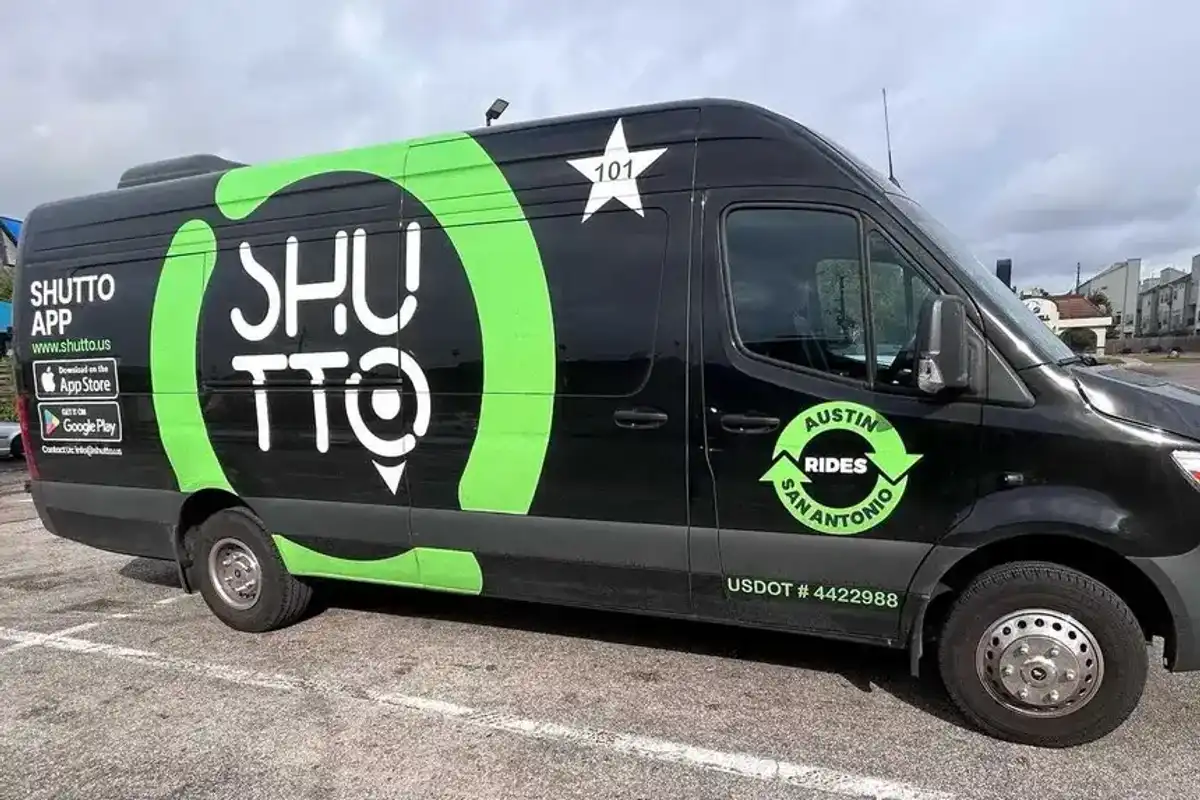5 things this Houston-born entrepreneur learned from launching a biz during a pandemic
guest column
I realized a huge problem professional women were facing, and I launched a company to address it. But then, a pandemic hit.
Eight out of 10 women say they're frustrated and unsupported by traditional workwear brands and their offerings. For many, quality women's workwear means hefty price tags for clothes than, often, have unflattering silhouettes and difficult-to-maintain pieces. It's not a great experience.
Enter Suitably, a professional womenswear brand that offers seasonless staples—all machine washable and under $100. We launched in February 2020 with sky-high momentum. Then, six weeks later, COVID-19 shut down offices worldwide. Overnight, we saw a dip in traffic and the launch momentum slow. But we kept going — reinventing, reimaging, and engineering new ways to serve our customers during a pandemic who were, suddenly, working and interviewing from home. And, now, we're coming out the other side, a stronger, more dynamic and more customer-centric brand than ever. Here's what I learned from launching a workwear brand in a pandemic.
#1 — Be what your customers want and need
Suitably isn't solely about fashion — it's about helping women be the best versions of themselves, personally and professionally. When COVID-19 struck, that need amplified among our core audience. From our interactions and proactive outreach we heard them loud and clear — they need help, support and guidance now.
We immediately shifted our focus from promoting the collection to doing everything we could to help our community. I made myself available for virtual coffee sessions and hosted over 100 of them during the pandemic. Next, we partnered with a good friend — a psychologist — and churned out free resources on everything from staying positive in a crisis to professional advice, life hacks and everything related to Zoom, from how to dress for a Zoom meeting in every industry to basic Zoom etiquette. The groundswell was immediate and powerful — women craved this information and this connection.
#2 — Be a voice for change
Weeks into the shutdowns when the global workforce was isolated and sweatpants-clad, we launched our next campaign, #GetUpGetDressed. So many women had shared their stories and told us they could barely get out of bed in the morning let alone get dressed and get motivated.
By encouraging women to #GetUpGetDressed — and to share their work-from-home style with Suitably's community — we knew we were doing more than promoting style. We were powering them to shake off the stress and fear, put on something that made them feel good and connect with other women in the Suitably community. Hundreds of women participated and the positive feedback we received was unparallelled. With that, our social footprint grew even more.
#3 — Be careful whose advice you take
Despite the positivity from our community, we still had the naysayers — people eager to share their unsolicited commentary on what we should be doing. The general consensus? Shut down or pivot Suitably ASAP — that a business like ours would likely never be relevant again. We were told to make "Zoom tops." We were told to explore athleisure and masks. We were told to wait for a vaccine then start over — to abandon everything we'd done, the brand equity we worked so hard to build and achieved or pause until the "world is normal".
The reality? None of those people were part of Suitably — and, like us, none of them knew how to navigate a global pandemic. Even so, it would have been easy to fall in line and let a knee-jerk moment of panic destroy everything we'd built. But, instead, we took a breath, took a beat and promised to drown out the noise and the negativity so we could move the business forward, putting the needs of our community first.
#4 — Be confident in yourself
Without the noise we were better able to reassess where we were and what came next — to go back to our roots and to the customer listening we'd been doing for the last few months and use that to set a new course. We knew there was light out there somewhere, and that if we just kept moving towards it, we'd find success.
Admittedly, that was hard sometimes. Even though I knew we had our finger on the pulse of our customers' wants and needs, every day brought a new learning. Despite the chaos, we pushed ahead, following our customers' lead. By the end of June, we had significant data to show that many women in our community, especially those outside of the tri-state area, were returning to the workplace or shopping in anticipation of returning to the workplace. We started to get customer chat's every day asking when new products would be launched, when our restock for sold out pieces was going to occur and we knew it was time to ramp Suitably 100 percent back up.
#5 — Be there for every step of the journey
While the customer journey is rarely linear, the pandemic brought new levels of uncertainty and disconnect. Based on the success of our support and engagement initiatives, we continued to follow our audience on their path — a path that, for many, led right back to the office. We immediately ramped up our messaging, with an eye on helping women get ready to go back — and to feel confident and ready for action the minute they walked through the office doors.
Because of the foundation we'd laid during those first few months — a foundation anchored in trust, understanding and support — our audience leaned in, ready to take that next step into the Suitably experience. Quickly, we were just about back to where we were before COVID-19, not just providing actionable content and a friendly ear but, also, amazing wardrobe pieces that made her feel empowered whether she was back in the office of working from home.
No one knows how to navigate a pandemic — but we all know how to build relationships. That, ultimately, was our strategy. And that, ultimately, is what helped us steer Suitably through the peak of the crisis so we could come out the other side a better, stronger, more dynamic brand than I ever could have imagined with a loyal audience who knows we're truly committed to them and to their success.
------
Born and raised in Houston, Annabel Fowler Gatto is the co-founder and CEO of New York-based Suitably.





